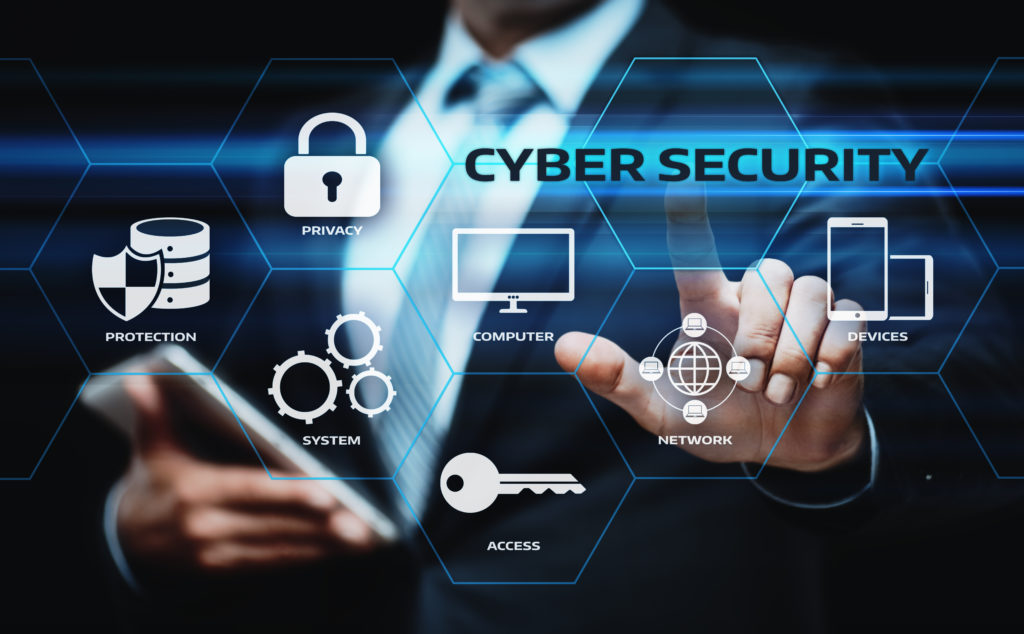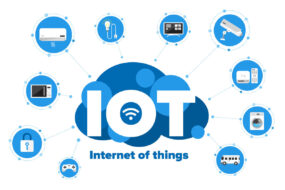
We live in a highly connected world. Your money, your medical history, your messages, even the thermostat in your living room depend on software and the internet. That convenience is real. So are the risks. Cybersecurity and privacy have become everyday responsibilities, not topics you only hear about in tech circles.
This guide brings the landscape into plain view and shows what you can do today while watching what comes next.
1. The Rising Threat Landscape
Attackers are more organized and more creative than ever. Some work alone. Many operate as part of well funded groups with clear playbooks. They use social engineering, information from data breaches, and automated kits that anyone can rent.
- Common attacks: ransomware that locks files for payment, phishing that tricks users into sharing passwords, malware that steals data or hijacks devices, and insider threats that exploit privileged access.
- Newer risks: deepfake audio and video used for fraud, vulnerable suppliers in the software chain, and insecure smart devices in homes and offices.
- Why it matters: a single incident can shut down operations, drain accounts, and damage trust with customers and partners. For individuals, a leak of personal data can take months to unwind.
A helpful mindset is to assume that any system can fail. Then design layers of protection so one mistake does not become a catastrophe.
2. Privacy in the Era of Big Data
Every tap, click, and swipe leaves a trace. Companies build profiles to personalize what you see and buy. Some of that is useful. Recommendations save time. Alerts make life easier. The concern is that the same data can be repurposed, shared too widely, or exposed in a breach.
- Data collection has expanded from basic contact details to location history, device fingerprints, browsing behavior, and inferred interests.
- Regulation is growing. Laws such as GDPR in Europe and CCPA in California give people more control and impose penalties for misuse. They also require companies to explain what they collect and why.
- The open question is whether profit from personal data can be balanced with respect for privacy. Good practices include data minimization, clear consent, short retention windows, and privacy by default.
Practical tip for users: treat personal data like money. Share it with intention. Review app permissions. Use privacy controls that services provide but often hide in settings.
3. The Move Toward Passwordless Security
Passwords are easy to forget and easy to steal. Many breaches start with a single reused or weak password. The industry answer is moving toward passwordless authentication.
- Biometrics: face or fingerprint checks are tied to a device and are far harder to phish than a secret you type.
- Passkeys: a pair of linked keys, one public and one private, allow sign in without sending a reusable secret to a website.
- Multi factor checks: even when passwords remain, a second factor such as a hardware key or an authenticator app blocks most automated attacks.
The best part is that strong security and a smooth experience can align. Fewer prompts. Fewer resets. Better protection.
4. Cybersecurity for Businesses
Every organization now sits on a stack of cloud services, code libraries, vendors, and devices that it does not fully control. The goal is not perfection. It is resilience.
Practical pillars for teams
- Zero trust security: verify every request, confirm device health, and apply least privilege so accounts only access what they need.
- Threat detection and response: use machine learning to spot anomalies, paired with skilled analysts and clear runbooks.
- Patch and configuration discipline: keep software current and shut off unused services. Many breaches start with known flaws that remained unpatched.
- Employee awareness: short, frequent training with real examples improves reporting and reduces risky clicks.
- Secure payments: virtual cards and tokenized transactions reduce the value of stolen data.
- Backups and drills: test recovery from ransomware and run tabletop exercises. The day of a crisis is not the day to learn the plan.
Measure what matters: track time to patch, phishing report rates, and time to contain incidents. Celebrate improvements so security becomes a shared win, not a tax on productivity.
5. The Role of Individuals
You do not need to be a specialist to be safer online. A few habits create real protection.
- Use a password manager to generate and store unique passwords for every account.
- Turn on multi factor checks for email, banking, and social networks. Prefer an authenticator app or a physical key over text messages.
- Update devices by enabling automatic updates for phones, laptops, and routers.
- Be careful with public Wi Fi. If you must use it, avoid sensitive transactions or use a trusted virtual private network.
- Think before you click. If a message urges urgent action or promises something that feels too good, pause and go to the source through a known path.
- Limit what you share. The less personal information you publish, the less there is to weaponize.
A quick story: a colleague receives a text that seems to be from a delivery service with a link to pay a small fee. She stops, opens the official app instead, and sees no such request. That small pause saves a card number and a week of stress.
6. What the Future Holds
Change in this field is constant. A few trends are shaping the next chapter.
- AI on both sides: defenders use models that learn from behavior across millions of events to spot rare signals. Attackers use generative tools to write convincing messages and to search for weak points faster.
- Global rules for data: expect more countries to pass privacy and security laws and more clarity on how data can move across borders.
- Digital ethics as a core skill: teams will justify data use not only by what is legal but by what is fair and respectful. Reviews will ask whether users understand the trade and can opt out without losing essential features.
- Quantum resistant encryption: as quantum computing advances, some current methods will weaken. New algorithms will replace them and migration plans should start early.
- Security for smart devices: connected sensors and appliances keep growing in number. Expect better standards and buyers who demand devices that update themselves and publish clear support timelines.
The thread that ties these trends together is trust. People will choose services that protect them by design and that explain choices in clear language.
Conclusion
Cybersecurity and privacy are part of ordinary life now. You can make strong moves without turning your routine upside down. Use a password manager. Turn on a second factor. Keep your devices current. Share less than you think you need to. If you run a team, build simple and repeatable habits and practice your response before you need it.
The goal is not fear. It is confidence. With steady practices and an eye on coming changes, you can enjoy the benefits of a digital world while keeping your information and your peace of mind intact.








No Comments